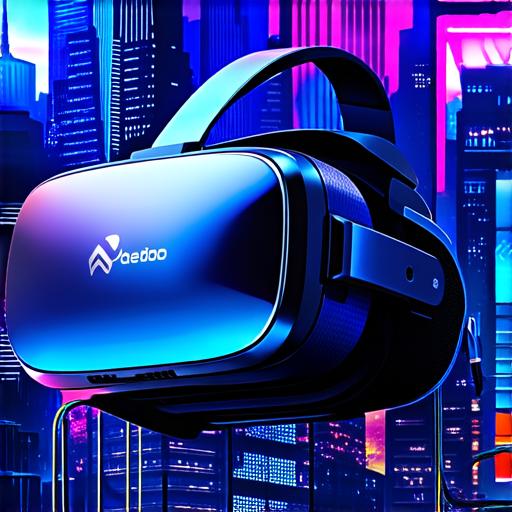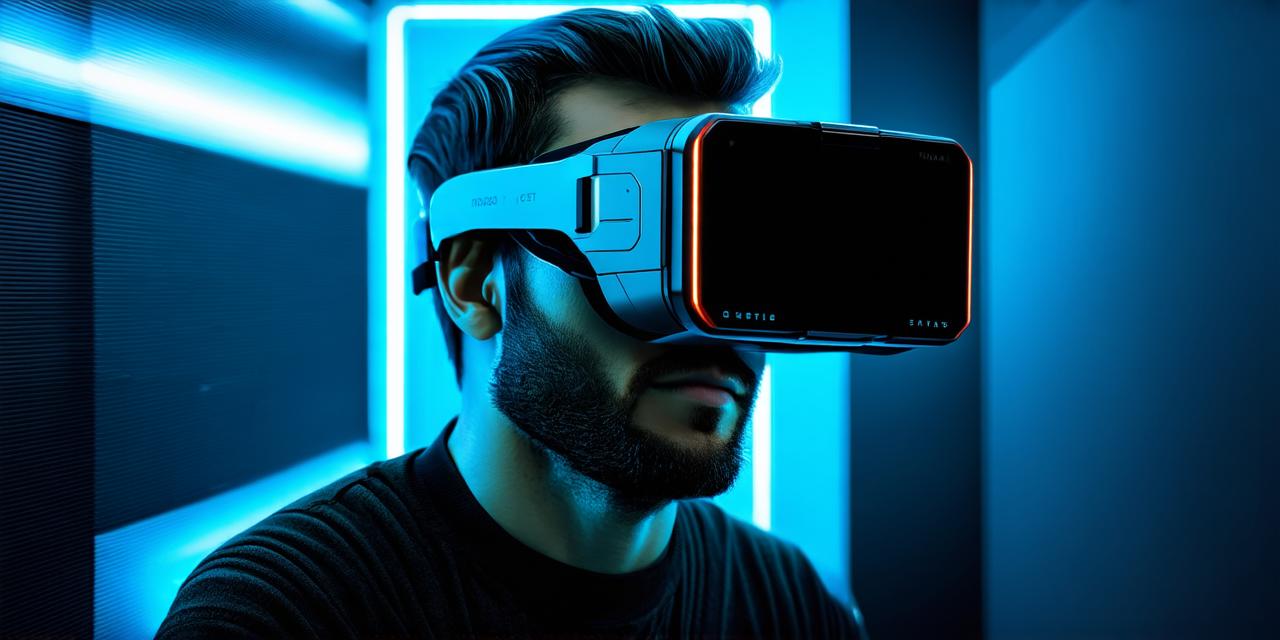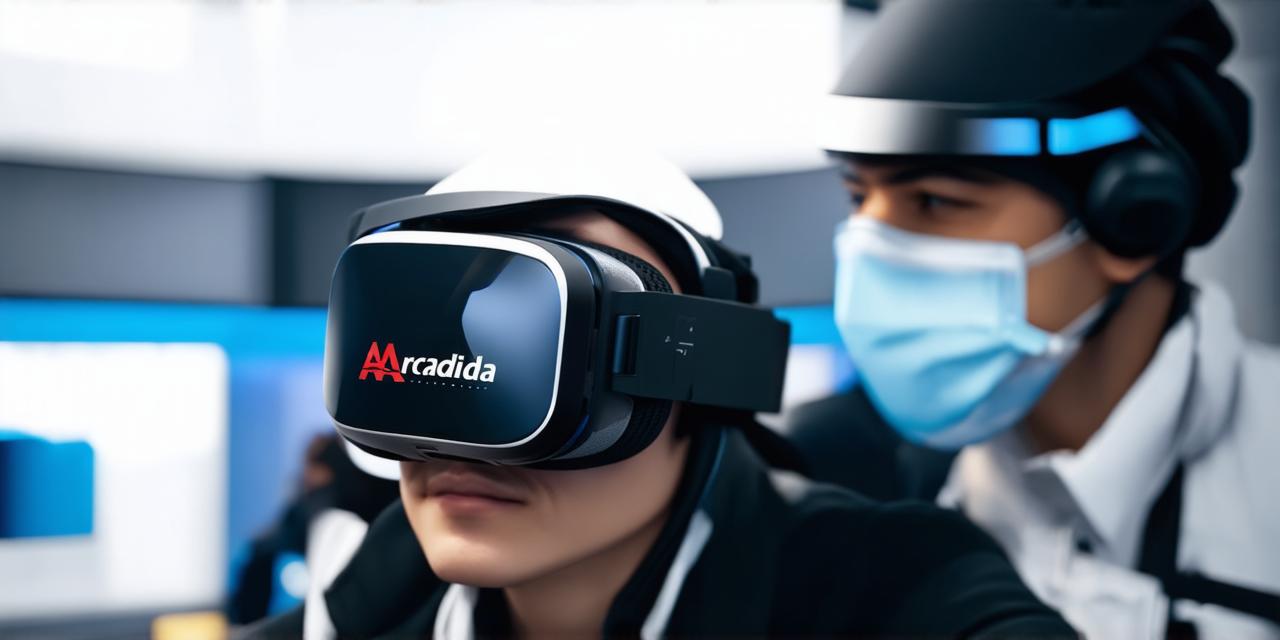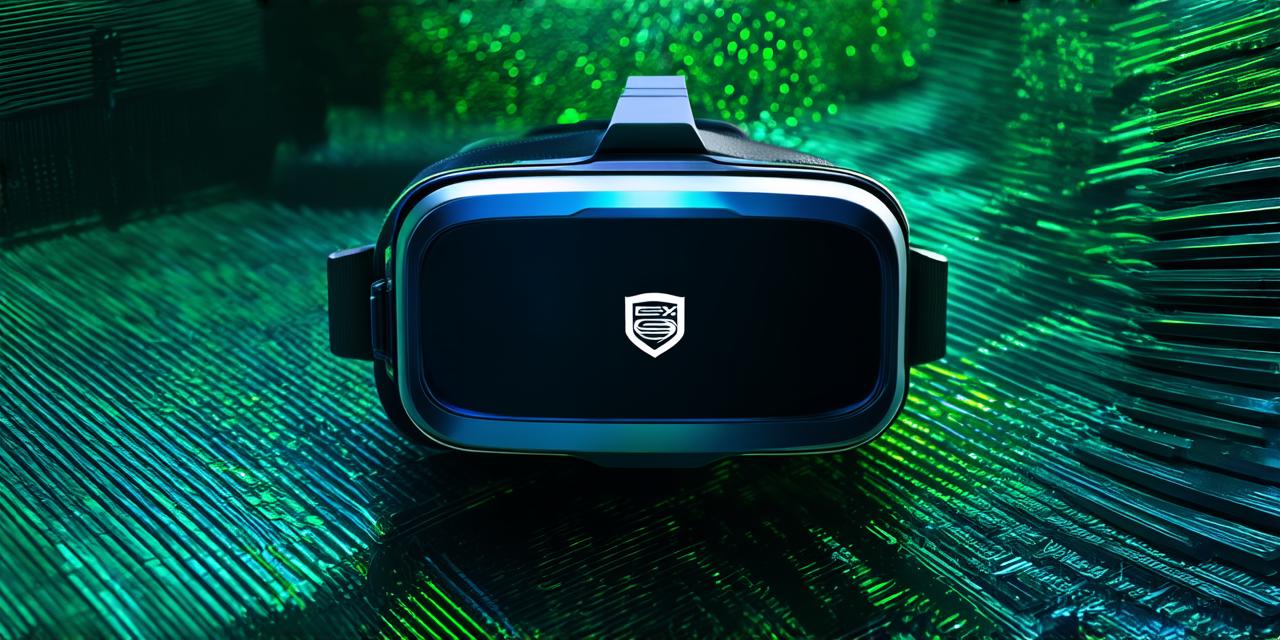Virtual reality (VR) headsets are devices that enable users to immerse themselves in a simulated environment. They work by using sensors, displays, and computer software to create a realistic experience for the user.

1. Sensors
The first component of a VR headset is the sensor array. This array consists of various types of sensors that track the movement of the head and body. The most common type of sensor used in VR headsets is the Inertial Measurement Unit (IMU), which uses accelerometers, gyroscopes, and magnetometers to measure the user’s position and orientation in space. These sensors work together to provide accurate tracking of the user’s movements, allowing them to look around and interact with virtual objects in a realistic way.
1. Display
Another important component of a VR headset is the display. The display used in VR headsets is typically an OLED (organic light-emitting diode) or LCD (liquid crystal display) screen. This display provides high-resolution images that are projected directly into the user’s field of view, creating a more immersive experience. Some VR headsets also use stereoscopic displays, which provide two separate images for each eye, creating a 3D effect that further enhances the realism of the experience.
1. Computer Software
The final component of a VR headset is the computer software that runs on the device. This software is responsible for rendering the virtual environment and displaying it to the user through the headset’s display. It also handles user input, allowing the user to interact with virtual objects and perform various actions within the simulated environment. The software used in VR headsets can vary depending on the specific device and its intended use case, but generally, it is designed to provide a seamless and immersive experience for the user.
In conclusion, a VR headset functions by using sensors, displays, and computer software to create a realistic virtual environment that the user can interact with. The sensor array tracks the user’s movements, while the display provides high-resolution images that are projected directly into the user’s field of view. The computer software handles rendering the virtual environment and user input, creating a seamless and immersive experience for the user. By combining these technologies, VR headsets have become an increasingly popular way to experience immersive content in a variety of fields, from gaming to education to healthcare.



